On June 28,1969, the Stonewall Riots, an integral part of New York City’s LGBTQ+ history, began. Visitors at the Greenwich Village bar responded to police presence with a five-day riot that set the groundwork for the queer civil rights movement that continues to this day. This June, pride month, The Stonewall National Monument plans to unveil a new visitors center at 51 Christopher St. It will feature a project designed and implemented by Parsons School of Design students enrolled in Live Project, a spring 2024 semester Constructed Environments course.
An important part of queer history in the city, the Stonewall Inn welcomed all, even drag queens, who “received a bitter reception at other gay bars and clubs.” The bar was also one of the few that allowed dancing, and it became a safe space for members of the LGBTQ+ community and runaways. On the morning of June 28, 1969, police officers entered the club with a warrant and arrested 13 people, including employees and people who police claimed were, at the time, “violating the state’s gender-appropriate clothing statute.”
Patrons began rioting as the police grew more violent. After a lesbian was hit over the head by an officer as he arrested her, they began throwing bottles, pennies, and stones at the police, starting a five-day blockade. The riots led to the founding of numerous organizations, including the Gay Liberation Front and the Human Rights Campaign, and paved the way for the queer civil rights movement, while turning the Stonewall Inn into a historical monument.
Sponsored by Pride Live, a non-profit organization in New York City “dedicated to accelerating awareness and support for the LGBTQ+ community,” Live Project students decided to create a community weave. People from within and outside of the new school were encouraged to participate. The project’s end goal was to collectively weave “a portrait of our beautiful community” to be hung at the monument’s visitor center.
The class held three community weaving events all over the city, opting to stay out of university spaces due to the Gaza Solidarity Encampment at the time.
They held their first event at Christopher Park on April 21, across the street from the Stonewall Inn, and were approached by NYPD officers even before they set up. “They were saying that people wanted to sit there even though the park was kind of empty, and people just come by to take photos with the flags and leave,” Sammy Dreibelbis, a senior BFA fashion design student at Parsons and one of the organizers of the event said. “They basically stopped us the whole time that we were there for two hours, and parked their cop car right outside.”
Despite this, the group managed to begin weaving there before taking the project to Washington Square Park two days later, where they encouraged passersby to weave a few strands of fabric or donate something they wanted to be included in the exhibit, like a charm or piece of ribbon. One NYU student stopped by and knit her own yarn into the weave.
On April 27, they held an event at Maria Hernandez Park in Bushwick, where they finished the weave. It turned out smaller than expected, so the class made another one to accompany it. The size of small blankets, the weaves are full of charms, ribbons, old screen-printed fabric, and more. “All of our stuff is super colorful,” Dreibelbis said, “and we’re going to have some mood lighting in the exhibit to contrast the weave, and it glows under black light.” The class was able to visit the exhibit space multiple times to get a sense of the size of the blank wall they would be able to use.
The class, taught by Professor Alfred Zollinger, focused on representing the “past, present, and future” in the exhibit. Another student, Deeksha Garahalli Manjunath, has been collecting posters from past events at queer bars and clubs around Manhattan and Brooklyn, which they also plan to paste on the wall. The class plans to create their own posters to hang in the space, and are also making books through Parsons printmaking expertise with prompts inviting visitors to write something they wanted to say, such as a letter to their family or their coming out story.
PrideLive, the sponsor of the monument, has turned the original Stonewall bar into a space to “preserve, advance, and celebrate the legacy of the Stonewall Rebellion, meet the advocates and pioneers who came before us and learn about the events that shaped the LGBTQ civil rights movement.” The bar at 51 Christopher Street has been turned into a visitors center with markings on the floor where the original counter was, but original details like the chandeliers were preserved
Dreibelbis said that the exhibit, as it is right now, will stay for a year. “The whole idea,” she said, is that “there would be a class next year and then they basically tweak up some of our elements or take out some of our elements and add some of their own elements, but we basically get the same spot every year. It’s always going to be a collaboration with Parsons is what I believe.” PrideLive wanted to collaborate with Parsons to bring in younger voices to the monument, celebrating more recent queer life and residents of New York City.
“We’ve come pretty far with how we celebrate pride,” Dreibelbis said. “Being able to be fully out and celebrate that and being out publicly. And I think that this is like a reflection of that celebration, that openness.”
The exhibit is set to open officially on June 28, 2024, 54 years after the riots first began at the Stonewall Inn.


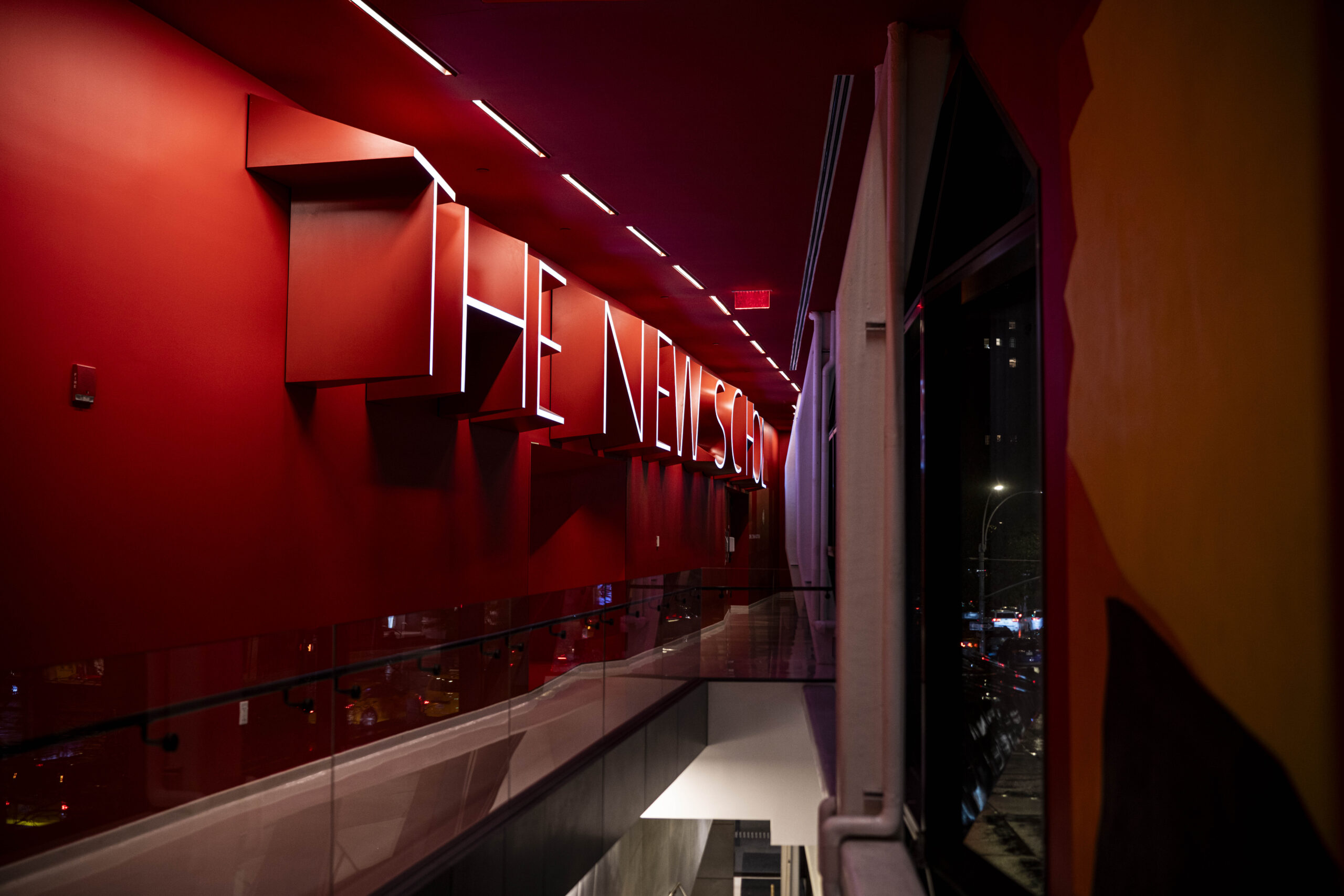
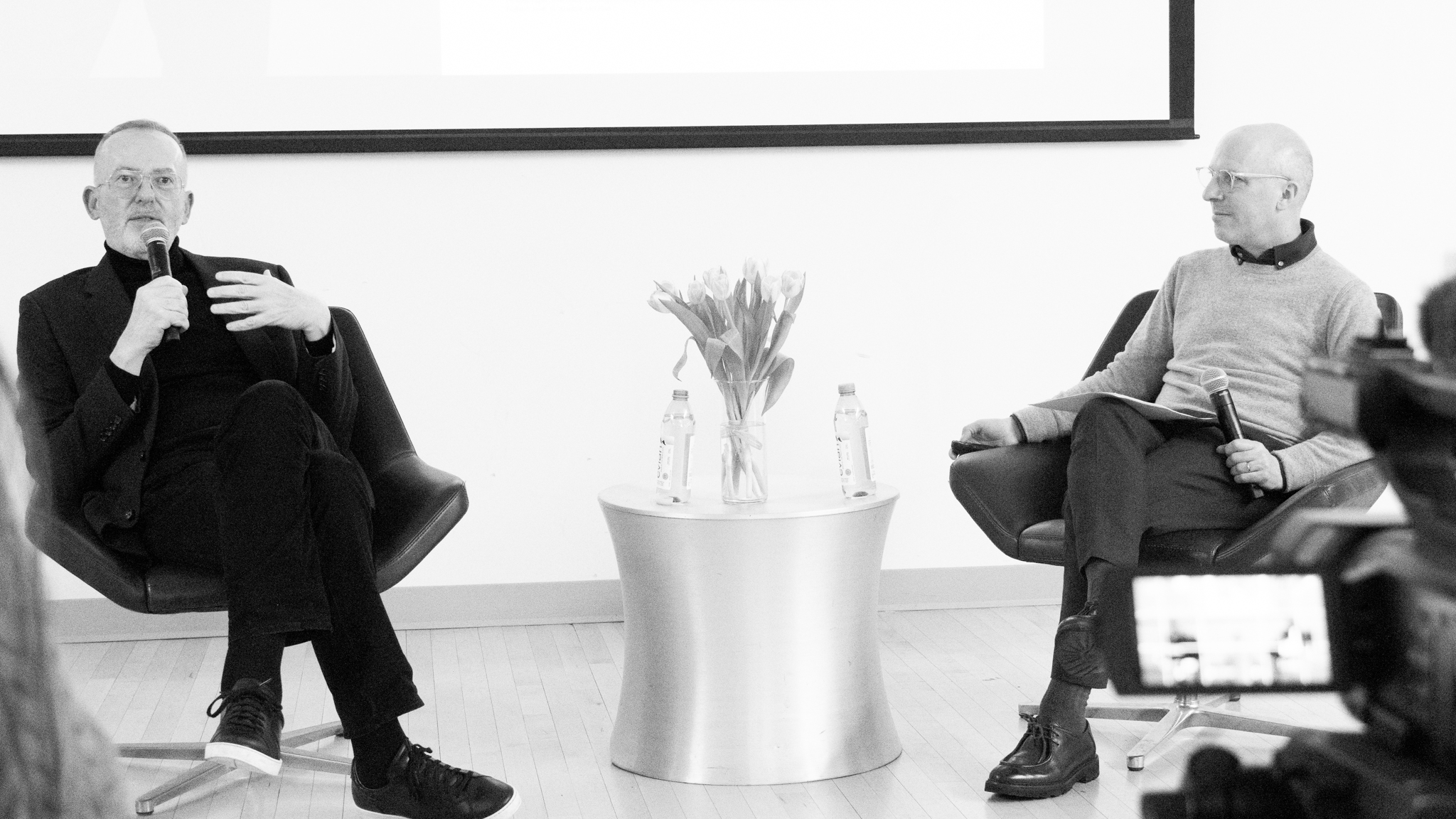
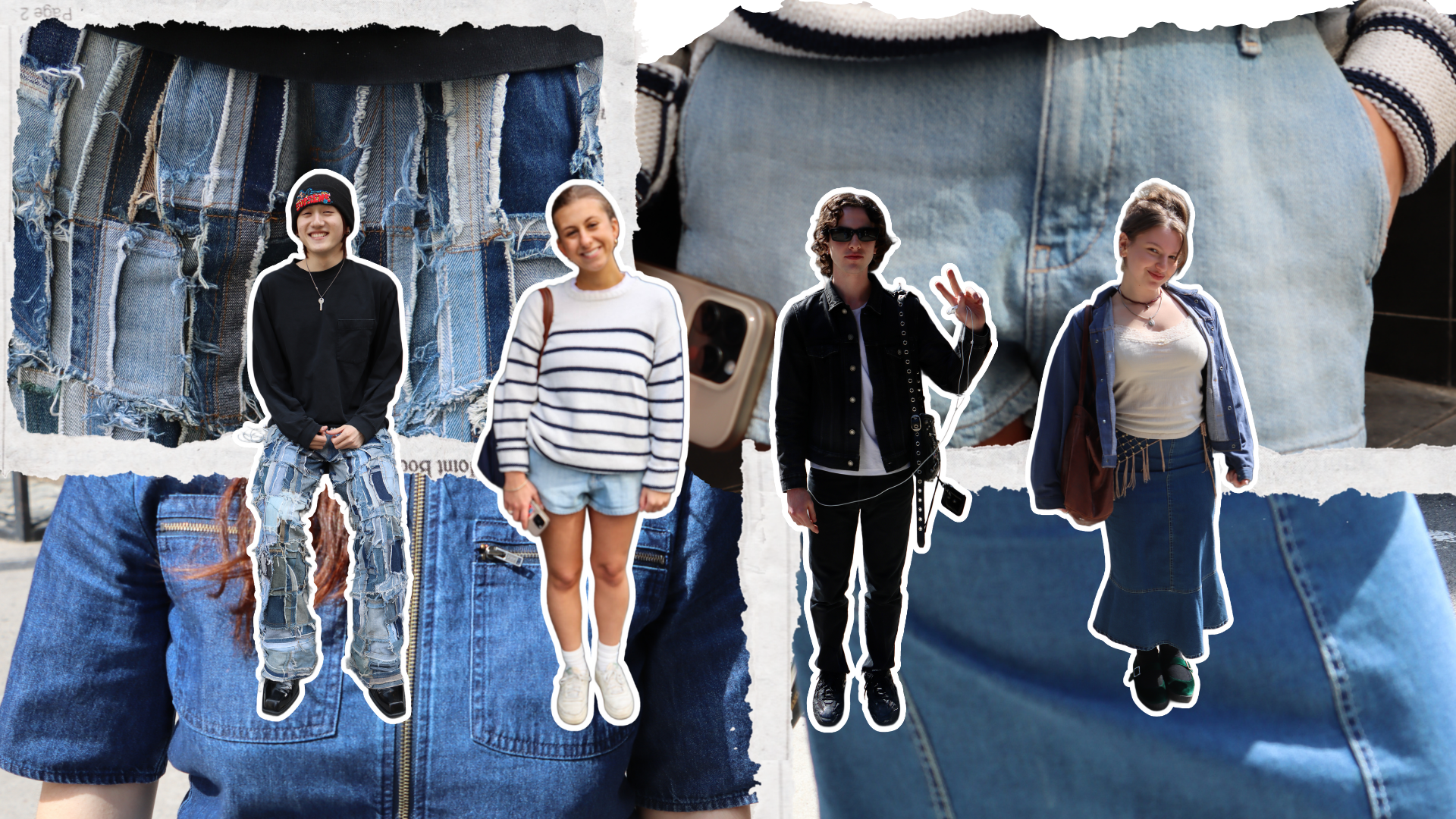

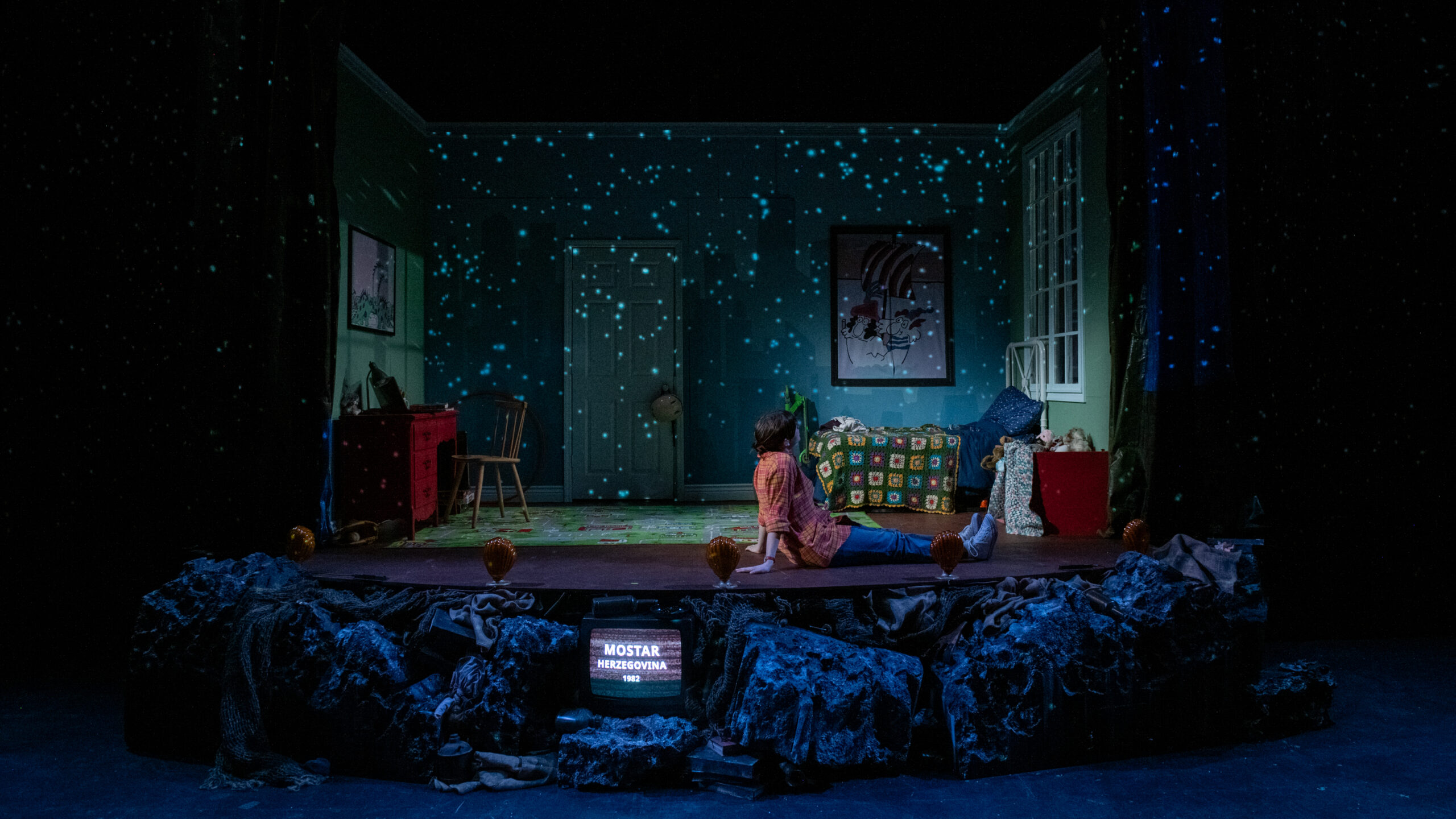
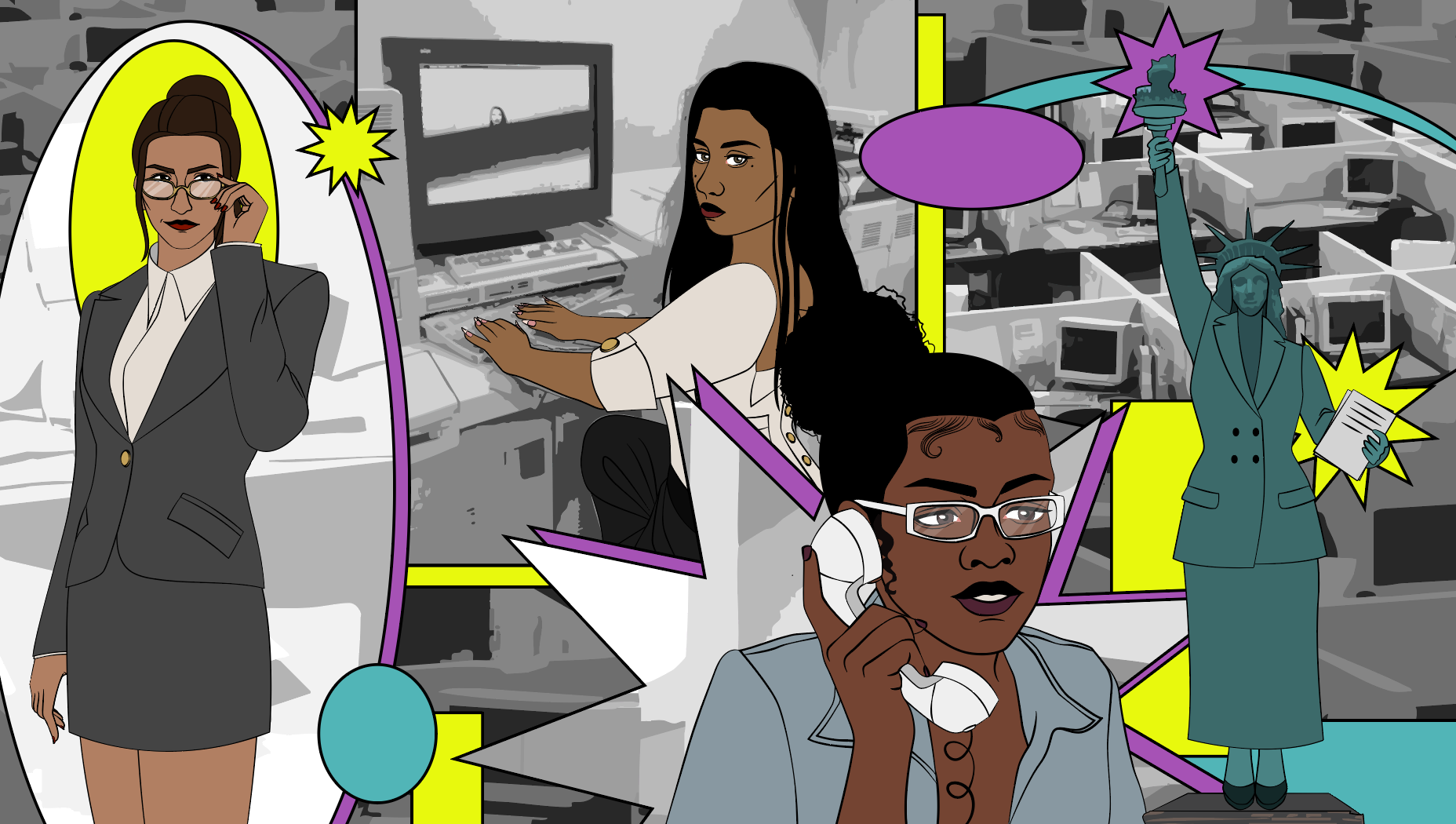
Leave a Reply